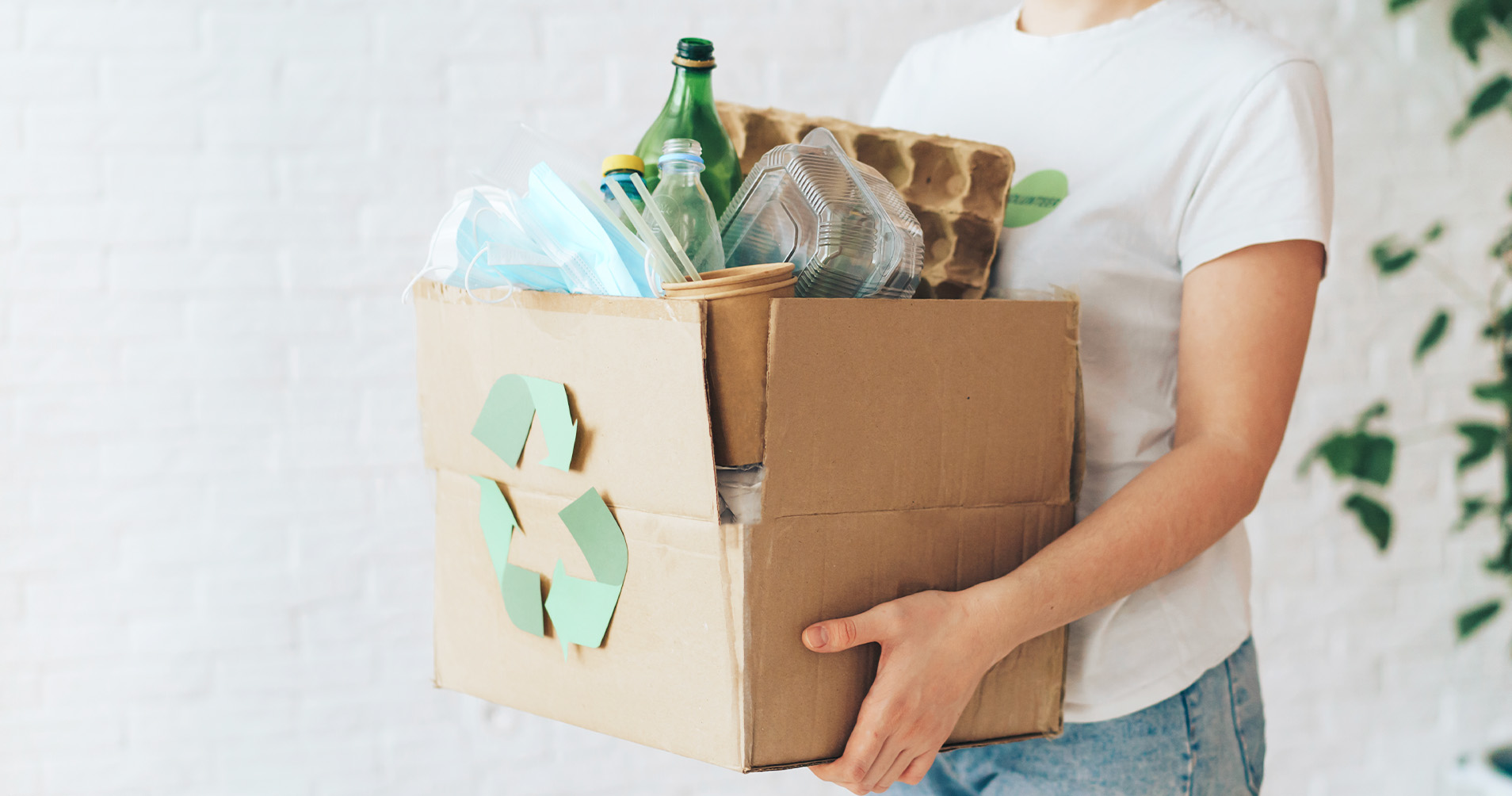Hyundai Motorstudio Senayan Park
Hyundai Motorstudio Senayan Park
Newsroom
The official news from Hyundai Motorstudio Senayan Park and a collection of innovative articles on mobility and sustainability here.
-
From Used Goods to Works of Art: Creative Product Life Cycle Concept
- Hyundai Motorstudio Senayan Park Senayan Park 2024.09.18
-
In this fast-paced era, we are often trapped in a culture of excessive consumption. Unconsciously, there are products that we buy, use, and then throw away and end up having a big impact on the environment. One concept that can help us be wiser in consumption is the product life cycle, aka the product life cycle. In this article, we will discuss this concept and how we can turn used items into cool works of art through upcycling!
What is Product Life Cycle?
Before we discuss further, what exactly the product life cycle is? In short, the product life cycle is the life journey of a product, from when it was first created to when it was finally thrown away. This cycle is usually divided into four stages: introduction, growth, maturity, and decline. The introduction stage is when a new product is launched on the market; still, few people know about the product at this stage. In the growth stage, the product starts to be in demand, perhaps viral, and sales increase. After that, in the maturity stage, the product reaches its peak, and at the same time, a downward trend in demand begins to be seen. Finally, in the decline stage, the product begins to lose interest and is often considered outdated.
This is the time for our creativity to come into play! Instead of letting old products end up in landfills, we can give them a second life through processing and upcycling.
Upcycling Used Products into Works of Art
Ever seen a lamp made from used glass bottles or a unique bag made from patchwork? That's an example of upcycling! Upcycling is the process of changing unused items into new products that are more valuable, both aesthetically and functionally. Another example of upcycling is used clothing or old models that are redesigned and sewn back into new clothing models fashionable or according to trends.
In Indonesia, many artists and creators have started to adopt this concept. Their works not only add aesthetic value but also provide an important message about the importance of protecting the environment.
Benefits of Upcycling for the Environment and Economy
Imagine if we could make something that is not only unique but also beneficial for the earth and our pockets. Cool, right? Well, here are some benefits of upcycling.
- Reducing Waste: Upcycling helps reduce the amount of waste that ends up in landfills. Imagine if everyone started turning used goods into something useful; the volume of waste could be reduced drastically!
- Saving Resources: Instead of buying new materials, upcycling allows us to use existing items. This means we can save natural resources that would otherwise be used to make new products.
- Supporting the Creative Economy: Upcycling produces unique products that are different from others, so it has high artistic value and can be sold at a premium price. This opens up new business opportunities that can support the creative economy, especially for those who have a high artistic spirit.
How to Start an Upcycling Business
Interested in getting started upcycling and turning it into a business? Here are some steps to get started:
- Find Potential Used Items: Start by selecting and collecting used items that can be turned into something new. It can be from items at home, flea markets, or even items you find in your local environment.
- Learn Upcycling Techniques: You can see many tutorials on social media and other sources online to learn various techniques for upcycling. From processing used cloth to recycling plastic, there are many options!
- Create Unique Products: Explore various ideas and create products that are unique and have selling value. The more creative and out-of-the-box, the greater the chance of your product being noticed by buyers.
- Promote on Social Media: Social media can be the main weapon for promoting your product. Create interesting content that can attract the attention of Gen Z and millennials, who generally really care about environmental issues and like collecting unique products.
By combining creativity and environmental awareness, upcycling is not just a trend but also a real solution to the problem of used goods, which are likely to become waste. Let’s turn unused items into valuable works of art!




